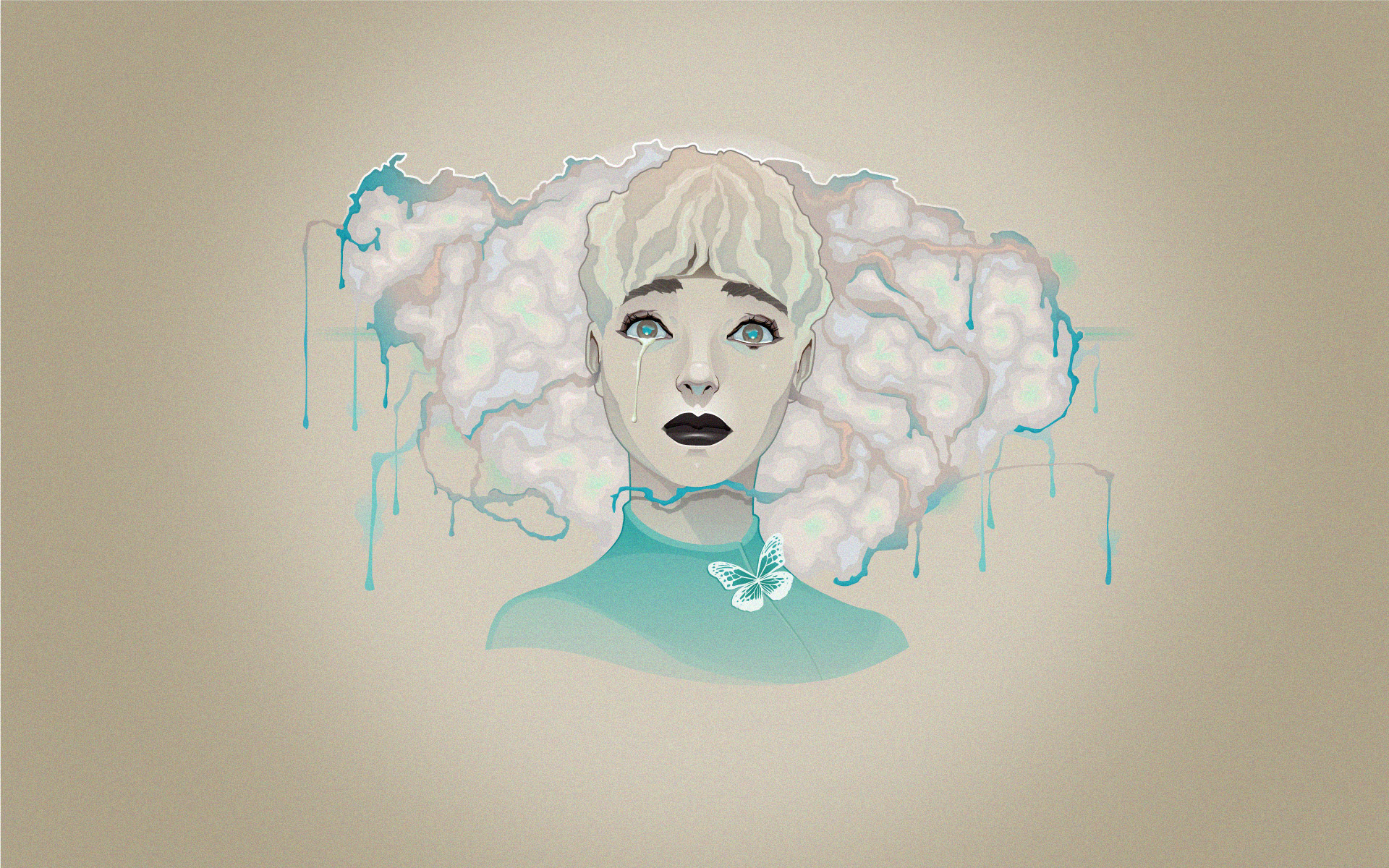Crying is not a sign of weakness. In fact, shedding tears when your heart is breaking is a crucial part of healing and creating change in your life.
Tears: a combination of water, oil, mucus and trace amounts of various substances such as proteins, which come out of tear ducts in order to lubricate or remove foreign substances, or during emotional upheaval.
A rather dry description, if you’ll forgive the pun.
But this doesn’t come close to explaining the true content of emotional tears, whether it’s sadness, anger, shock or even happiness. Nor does it explain why we often feel so much better when we’ve had “a good cry”.
In a study by Dr William Frey, author of Crying: The Mystery of Tears, it was found that emotional tears have a different composition to tears caused by irritants. The former contain higher levels of substances released during stress, including hormones (prolactin and ACTH), and the neurotransmitters leucine, enkephalin and serotonin. They also contain manganese and potassium, important elements in blood pressure regulation.
But why do we cry?
Scientists don’t fully understand the mechanism behind emotional crying, although we do know what can trigger it – and it’s not always sorrow. According to Frey’s research, 49% of tears are triggered by sadness, 21% by happiness, and the rest by a combination of anger, sympathy, anxiety, pain, fatigue and fear, among others.
Theories including release of tension or stress-related toxins, regulation of blood pressure and heart rate, a simple childlike expression of emotion, communication with others to elicit help or a sense of community, or even a way for the mind to tell the body that something is wrong.
Frey concluded that, “We are literally crying it out. Chemicals that build up during emotional stress may be removed in our tears when we cry… Because unalleviated stress can increase our risk for heart attack and damage certain areas of our brain, the human ability to cry [does have] survival value.”
This links with research by nursing professor Dr Margaret Crepeau, who – after comparing 50 people with colitis (bowel inflammation), 50 people with ulcers and 50 healthy people –discovered that the healthy people cried more often, while those with the aforementioned conditions tended to regard crying as a sign of weakness or poor control.
The grief of change
What is the link between crying and change? Authors Ronald A. Heifetz and Marty Linsky, in their book Leadership on the Line state that, “People don’t resist change… they resist loss”. What you’re losing when you make changes in your life – good or bad – is the familiar. And we avoid loss because it leads to grief.
John W. James, author of The Grief Recovery Handbook, describes grief as: “The conflicting feelings caused by the end of or change in a familiar pattern of behaviour.” Accepting that change will mean a loss of something, that this loss will lead to a form of grief, and consciously working through this grief, allows us to open ourselves to transformation.
Moreover, crying in response to intense emotion, happy or sad, helps to restore your sense of equilibrium, according to a study published in the Journal of Psychological Science. This balance between positive and negative emotions is what’s linked to the experience of happiness.
If you want to have a good cry, it helps to choose a location that makes you feel comfortable, and to find a good shoulder to cry on. “It’s the positive social support that generates a mood benefit,” says US crying researcher Dr Lauren Bylsma. In a study published in the Journal of Research in Personality, Bylsma and her team discovered that having emotional support when crying was linked to helping the person feel better, as did feeling comfortable. If they were embarrassed or associated crying with weakness, did not have someone supportive nearby, or the situation was inappropriate (such as in a meeting), they felt worse. The study also found that being alone or with no more than one trusted person was best.
Note: If you find yourself close to tears much of the time, your mood is consistently low, you feel hopeless, worthless, or have thoughts about harming yourself, you may be suffering from depression and should seek urgent medical help. Contact the South African Depression And Anxiety Group (SADAG) for more information (24-hour helpline: 0800 456 789).

Leave a Reply